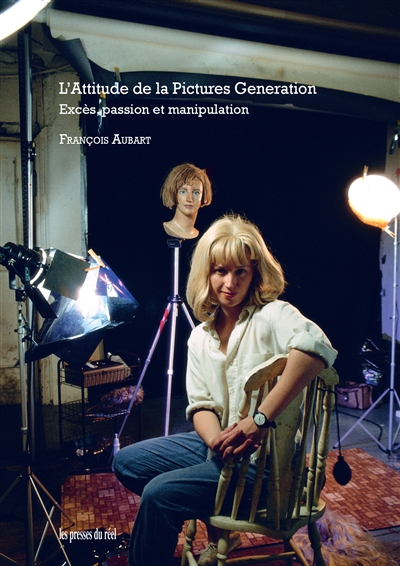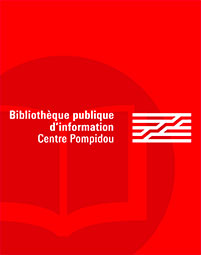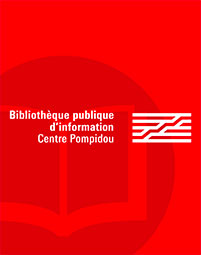par Cueff, Alain (1960-....)
Les Belles lettres
2023 -
-
Disponible - 707.38 CUE
Niveau 3 - Arts
Résumé : Panorama des oeuvres d'artistes américains représentant le ciel, de Thomas Cole à George Bellows en passant par Winslow Homer, Albert Ryder ou Georgia O'Keeffe. Les questions esthétiques, religieuses, littéraires, culturelles et politiques liées à ce thème sont notamment abordées. ©Electre 2023

 Les bibliothèques de la ville de Paris
Les bibliothèques de la ville de Paris
 Les bibliothèques universitaires
Les bibliothèques universitaires
 La BnF
La BnF
 L'encyclopédie Wikipédia
L'encyclopédie Wikipédia
 L'Encyclopædia Universalis
L'Encyclopædia Universalis
 La bibliothèque du film
La bibliothèque du film
 La médiathèque de la Philharmonie de Paris
La médiathèque de la Philharmonie de Paris










![Time and place : [exhibition, Stockholm, Moderna Museet, 19.01 - 06.04.2008]](/imported_images/livre/couverture/978-3-86521-641-0.jpg)


